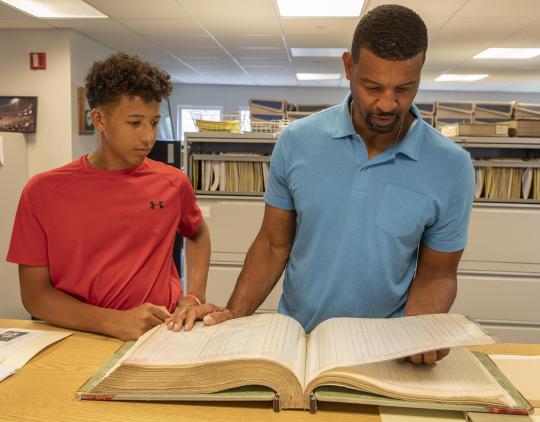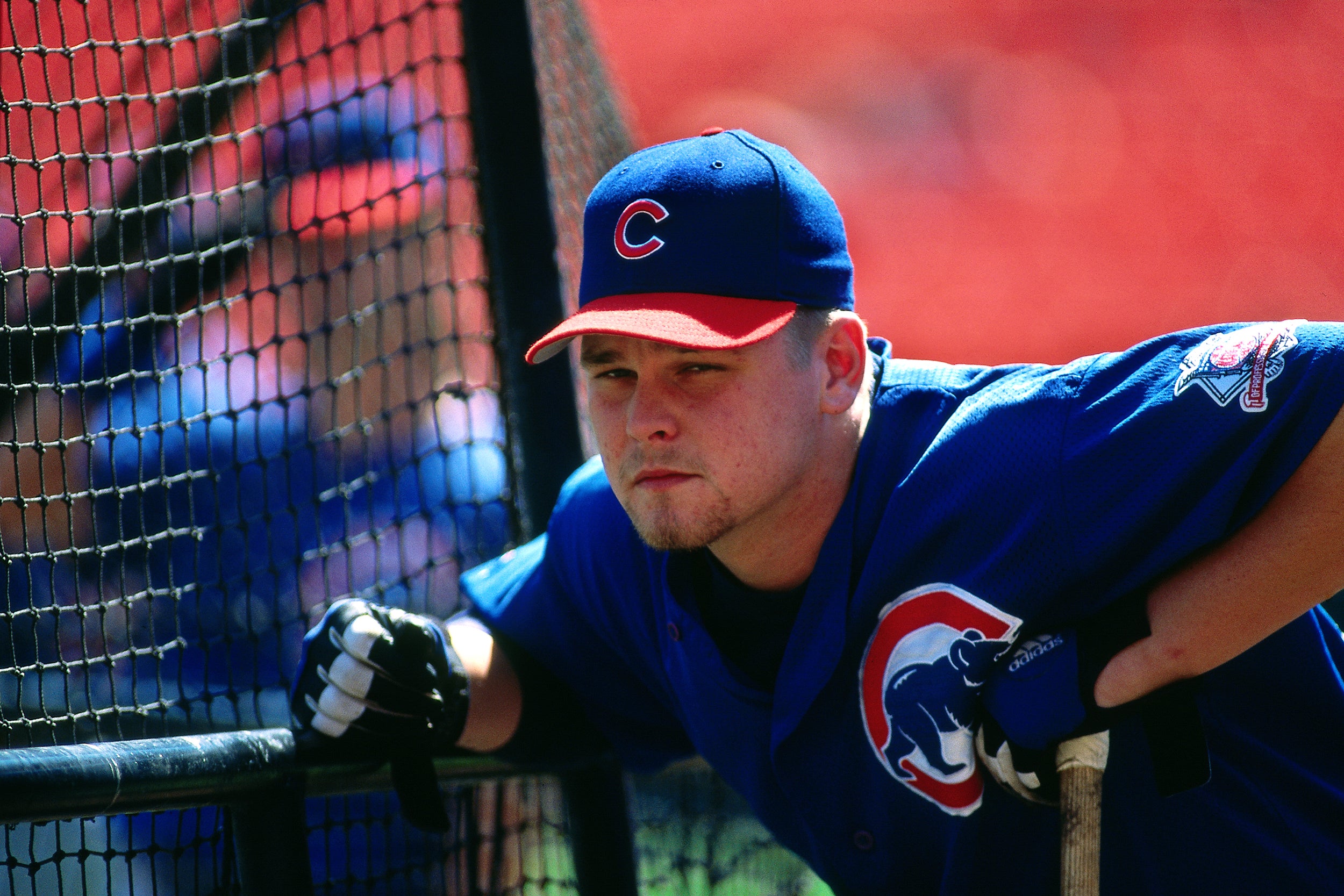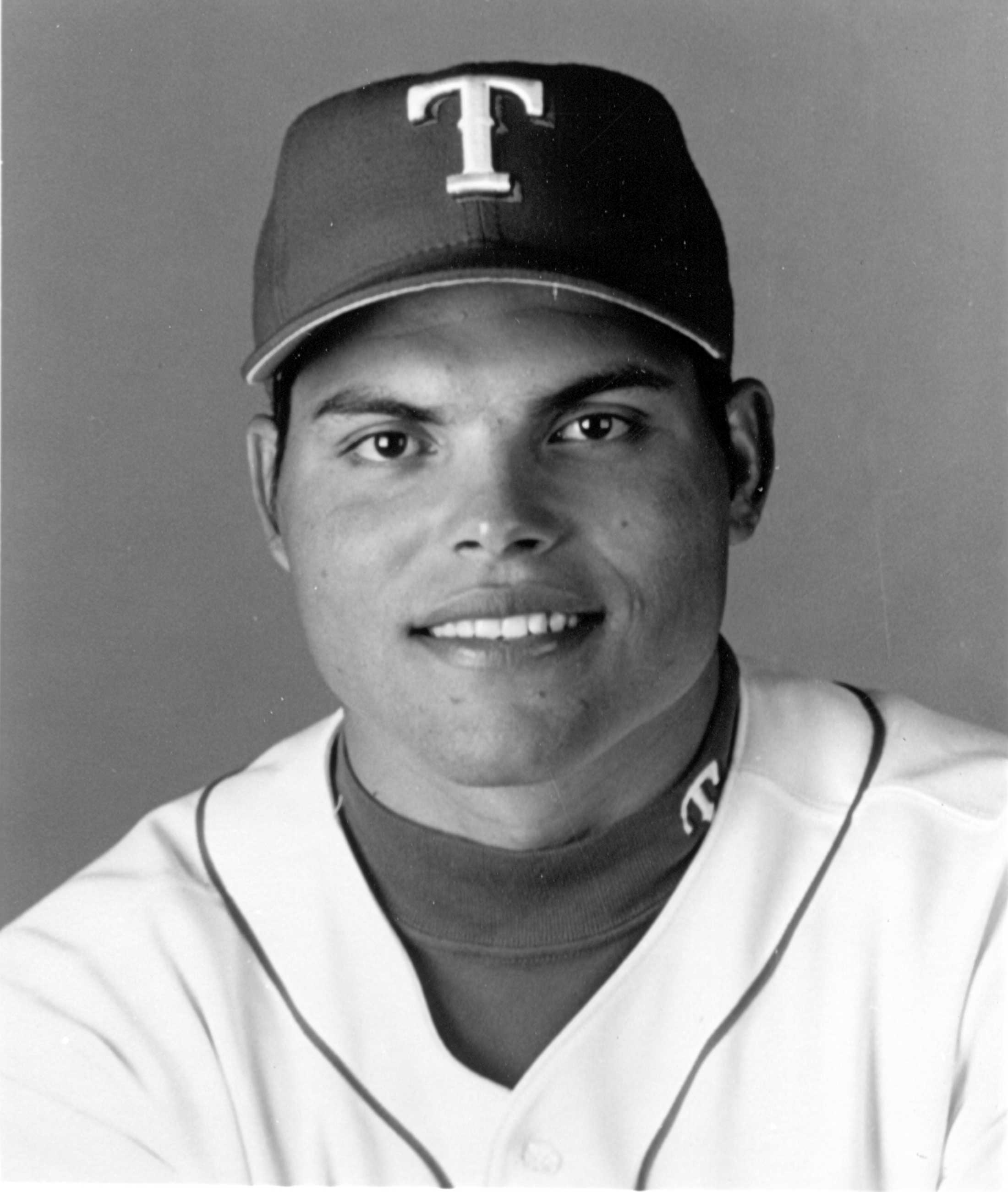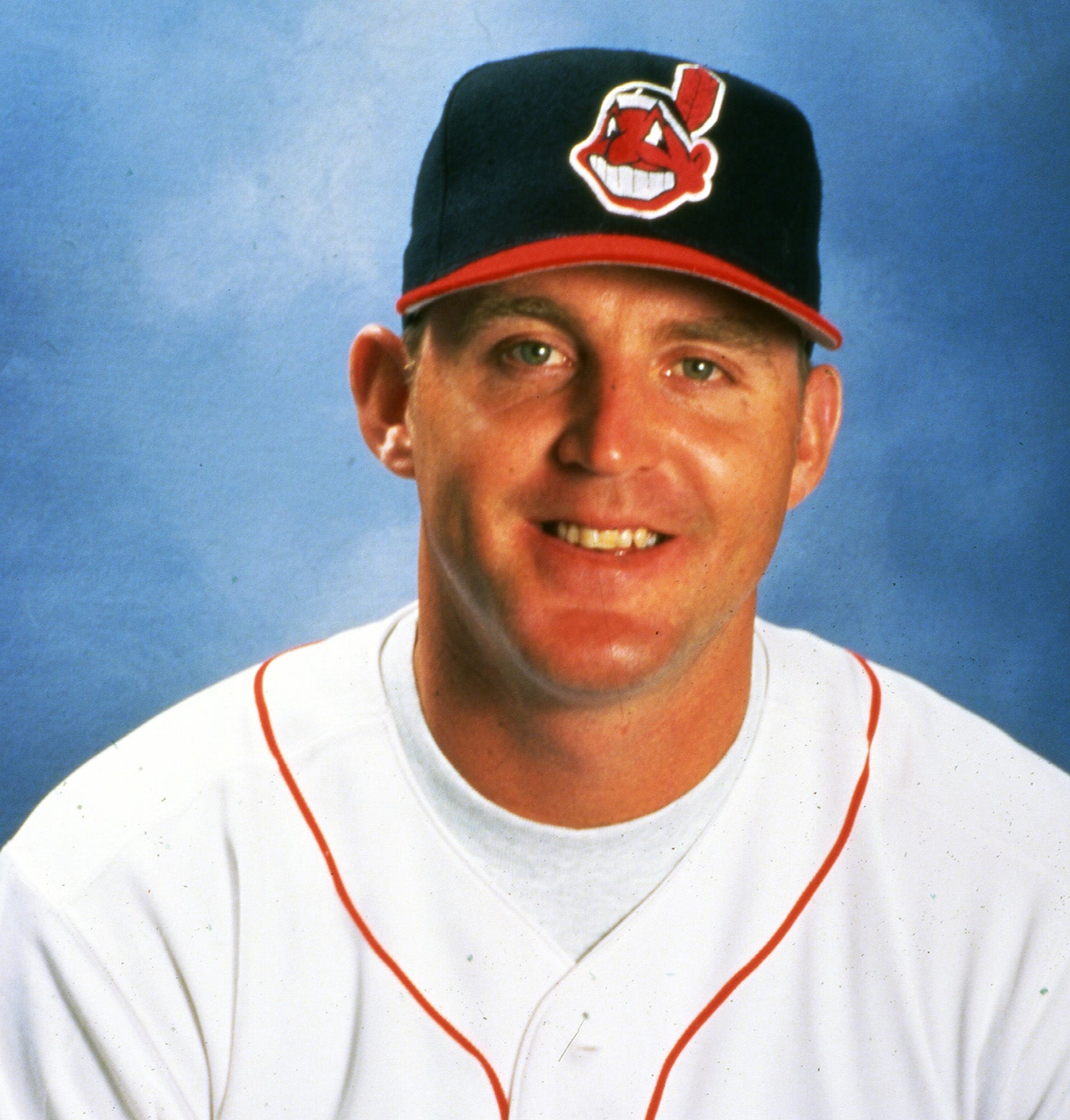- Home
- Our Stories
- Former All-Star Derrek Lee visits Museum with son
Former All-Star Derrek Lee visits Museum with son
Although Derrek Lee had spent most of his adult life in the game, his recent tour of the National Baseball Hall of Fame and Museum was a first. He now understands its immense lure.
“My first thought was I just feel like every kid should do this,” said Lee, minutes after touring through the sport’s expansive history. “For my son to be 12 years old and see this, I know his mind is going like, ‘Wow, this is unreal.’ I just wish I would have been able to do something like this at that age.”
Be A Part of Something Greater
There are a few ways our supporters stay involved, from membership and mission support to golf and donor experiences. The greatest moments in baseball history can’t be preserved without your help. Join us today.
Hall of Fame Membership
There is no simpler, and more essential, way to demonstrate your support than to sign on as a Museum Member.
Lee, the slugging first baseman who retired in 2011 after 15 big league seasons, visited the Hall of Fame along with his family from their Southern California home on June 22. The group was in town accompanying 12-year-old Dylan, who was with his team playing at a local baseball camp.
“He just started playing on this travel ball team about six months ago and they come every year,” the 46-year-old Lee explained. “He’s excited and I’m excited. It should be fun.”
Calling it “a little embarrassing,” Lee admits to being in Cooperstown twice before but never visited the Hall of Fame. The previous two trips were the result of the Hall of Fame Game, the former in-season exhibition between two big league squads at Doubleday Field: 2001 with the Florida Marlins versus the Brewers and in 2008 – the last Hall of Fame Game – when his Cubs were scheduled to face the Padres in a game that was cancelled due to rain.
“I never was able to get in here then, so it was for sure I was coming to the Hall of Fame this time,” Lee said. “And my former Cubs teammate Kerry Wood, who came back in 2018, was like, ‘Derrek, don’t miss it.’”
Proof that there’s some truth to the idiom that the apple doesn’t fall far from the tree, the 6-foot-5 Lee’s son is already 5-foot-11 and wears a size 13 shoe.
“He’s a good player. He has a lot of tools. He’s still learning the game, obviously, as well,” Lee said. “But the most important thing is he’s starting to fall in love with the game. I see him starting to watch baseball and talk baseball. And if he has a passion for it, then good things happen from there.
“I always tell him the most important thing is to enjoy yourself. Be a great teammate. Get good grades. Those are the important things.”
Today, Lee is involved in real estate development but is mainly a dad for his young family.
Lee’s perspective on the sport has no doubt been affected by his own lineage. His father, Leon Lee, and uncle, Leron Lee, both were professional ballplayers who had long and successful diamond careers in Japan.
Leon Lee, a first baseman, spent seven seasons in the Cardinals’ minor league system before embarking on a 10-year career (1978-87) with the Lotte Orions, Yokohama Taiyo Whales and Yakult Swallows; Leron Lee was a big league outfielder for parts of eight seasons before ending his playing days with Lotte over 11 years (1977-87).
Derrek Lee, born and raised in Sacramento, would ultimately be selected out of high school in the first round of the 1993 amateur draft – 14th overall – by the Padres.
Splitting most of his 15 seasons between the Marlins and Cubs, along with stints in San Diego, Atlanta, Baltimore and Pittsburgh, the right-handed swinging Lee would be named to two All-Star teams, capture three Gold Glove Awards and one Silver Slugger Award.
Among his chief rivals for first base supremacy during his era included such names as Mark McGwire, Ryan Howard, Jim Thome, Todd Helton, Albert Pujols and Jeff Bagwell.
Overall, Lee ended his career with 1,959 hits, 331 homers, 1,078 RBI and a .281 batting average.
Arguably his finest season came in 2005 with the Cubs when he finished third in NL MVP Award voting after leading the National League in batting (.335), slugging (.662), hits (199) and doubles (50). He also had 46 homers, 107 RBI, 120 runs scored and 393 total bases.
“I think Chicago was a great situation for me with Dusty Baker my manager. And having guys like Aramis Ramírez and all these great hitters in that lineup with me,” Lee said. “And 2006 I felt like would have been really great, but I ended up getting hurt, unfortunately.”
Lee had the good fortune when he broke into the big leagues in 1997 as a 21-year-old with the Padres to find himself teammates with a trio of future Hall of Famers: Tony Gwynn, Rickey Henderson and Trevor Hoffman.
“They stuck my locker right by Tony Gwynn’s so I could see how he went about his work. Amazing. You see why he’s in here,” Lee remembered. “Rickey Henderson bought me my first suit. He’s a funny guy. He was my favorite player growing up, then to be sharing the same locker room with him was a little bit crazy. And Hoffy was just one of the greatest closers of all time.
“You need people to show you the way once you’ve reached that level. Like, ‘Hey, these guys are Hall of Famers and they’re the hardest workers in the room.’ So if you see them doing that, you’re going to fall in behind them.”
Another future Hall of Famer, catcher Iván Rodríguez, joined the Marlins in 2003 when Lee won his lone World Series title.
“He came over and he put us over the top. We were getting better, but Pudge was kind of the anchor,” Lee said. “He had been in the playoffs and he kind of took over once we got into the postseason.”
Lee also played behind Hall of Fame pitcher Greg Maddux with the Cubs from 2004 to 2006.
“What an unbelievable teammate. Just a humble guy. Wants to be one of the guys,” Lee said. “Ultimate competitor who is going to give me everything he’s got every five days. It was fun to be around him. And so smart.
“He would watch your at-bats. He was always on the bench, always watching. He would tell you, ‘Hey, this guy’s doing such and such. This pitcher does this.’ Just a good teammate.”
Looking back on his baseball career, Lee said he was around the game his whole life and always loved it.
“Whether it was baseball or wiffleball, we were always playing,” Lee recalled. “But I kind of tried to fight it. I really loved basketball and I thought about maybe going that path, but I think I ended up where I belonged and had a nice career.
“I’m just grateful and blessed, especially now when I’ve been away from it for a few years. I turn on the TV and I’m just in awe of these guys doing what they do, then thinking I was out on that field with the best players in the world for 15 years. I was able to do something I loved and made a living out of it.”
Bill Francis is the senior research and writing specialist at the National Baseball Hall of Fame and Museum
Related Stories
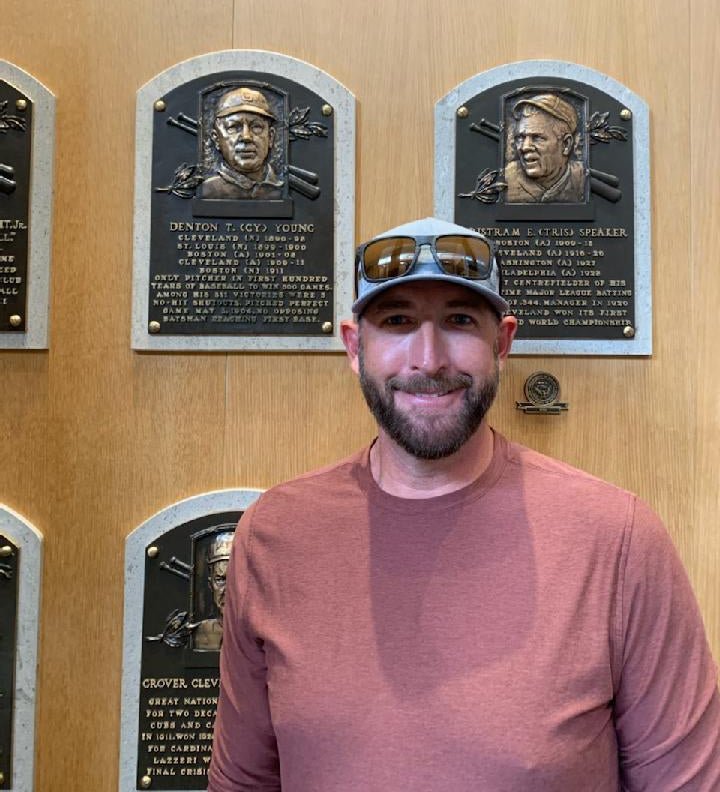
Cy Young Award winner Brandon Webb visits Cooperstown
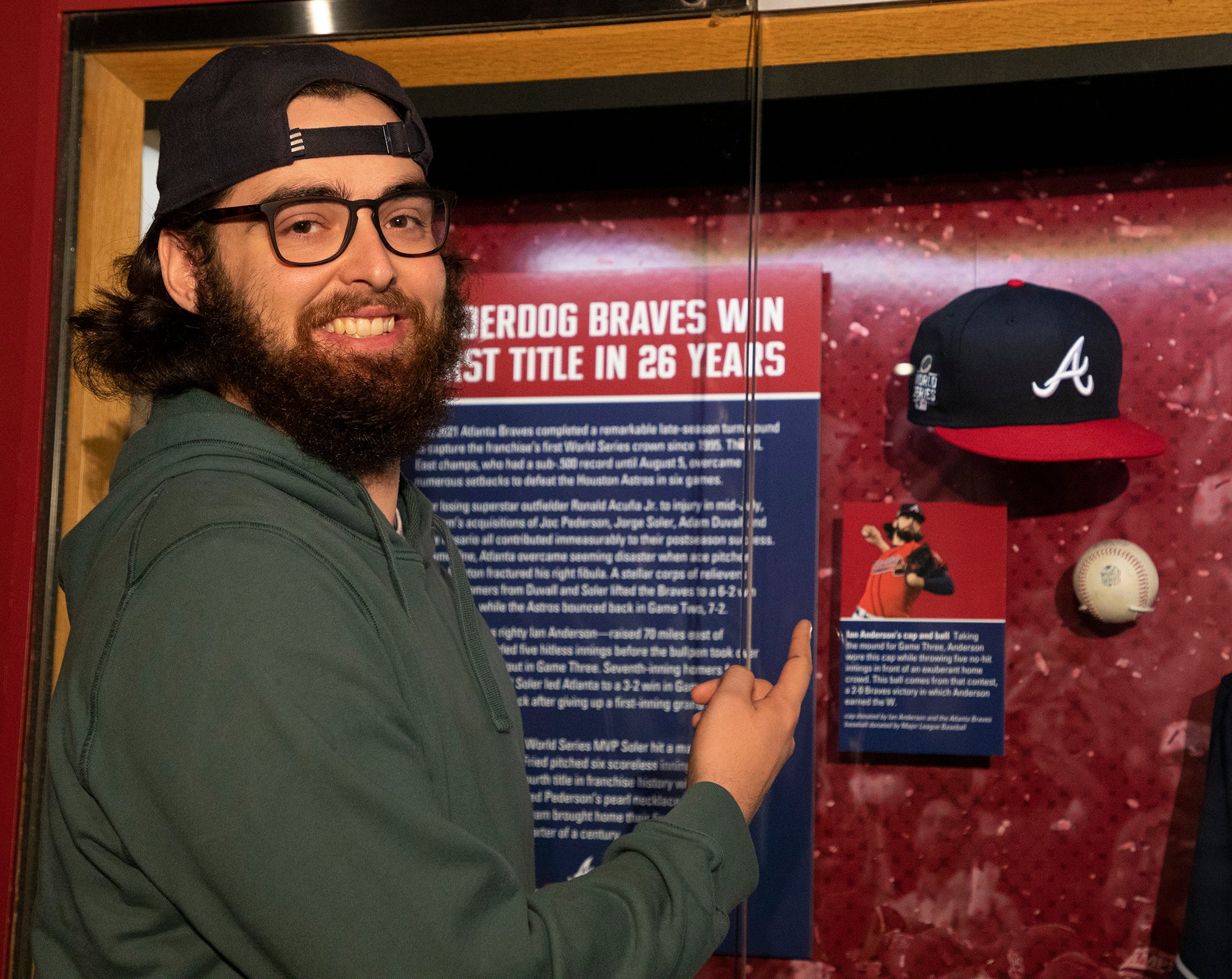
World Series champion Ian Anderson visits Cooperstown
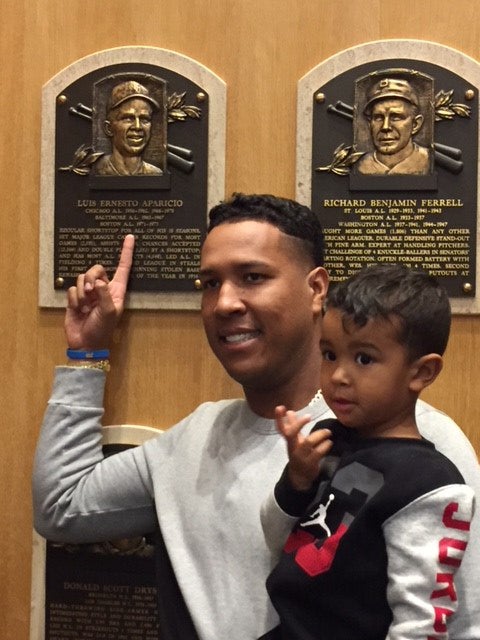
Kansas City catcher Salvador Perez visits Hall of Fame

Cy Young Award winner Brandon Webb visits Cooperstown

World Series champion Ian Anderson visits Cooperstown




